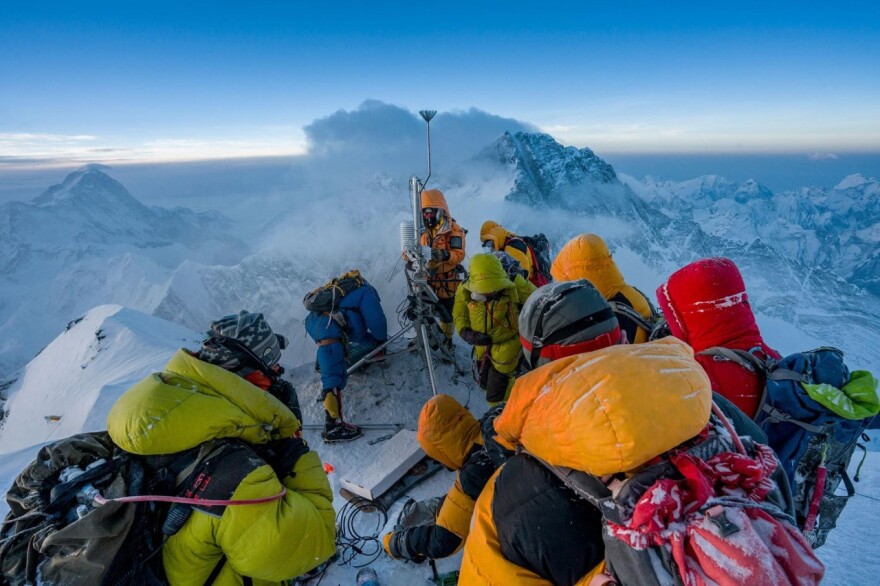To summit the peak of Mount Everest is an iconic challenge that attracts mountaineers from around the world. However, the journey to the peak is dangerous, and in 2019 eleven people died on the mountain, the highest death count since 2011.
A Utah company designed and installed weather stations on the brutal mountain-top that will provide better information about the weather conditions in real time, and hopefully make the journey a little safer in the future.
Steve Gunderson is an engineer at Campbell Scientific.
“Two of the six stations are now the highest weather stations in the world, and they’re being used to record all sorts of interesting climate data and meteorological data that will make climbing the mountain safer," he said. "It will advance research in climatology and understanding the local jetstreams and also further other interesting atmospheric research that’s being done worldwide.”
The company designed the equipment specifically for Mount Everest.
“All of the equipment needed to be carried up into the mountains so obviously needed to be as light as possible but as strong as possible because we were anticipating really cold temperatures and really high wind speeds up to 200 mph," Gunderson said. "Also, falling rocks, falling ice.”
Mike Hansen worked on the team that programmed the stations and the sensors. The stakes were high,
“If a single wire that was related to power came loose, then there would be no communication and no measurements made,” he said.
The stations measure wind speed and direction, air temperature, humidity, barometric pressure, solar radiation, precipitation, snow depth and soil temperature.
The company worked with National Geographic to get the stations onto the mountain.
“I don’t think there’s a lot of companies in the world that would have been able to pull this off." Gunderson said. "We’ve got access to some of the best sensors and technology on the market for environmental monitoring. So leveraging the engineering team that we have, we put together a very advanced weather station and did a lot of things we’ve never done before with weather stations.”
Gary Roberts worked on the software for the stations. This was a bit of a passion project for him.
I asked: "If called upon, would you go?”
He replied: “I would. It’s a bucket-list item for me.”
The data from the stations is uploaded to National Geographic’s website, and is available in real time.


